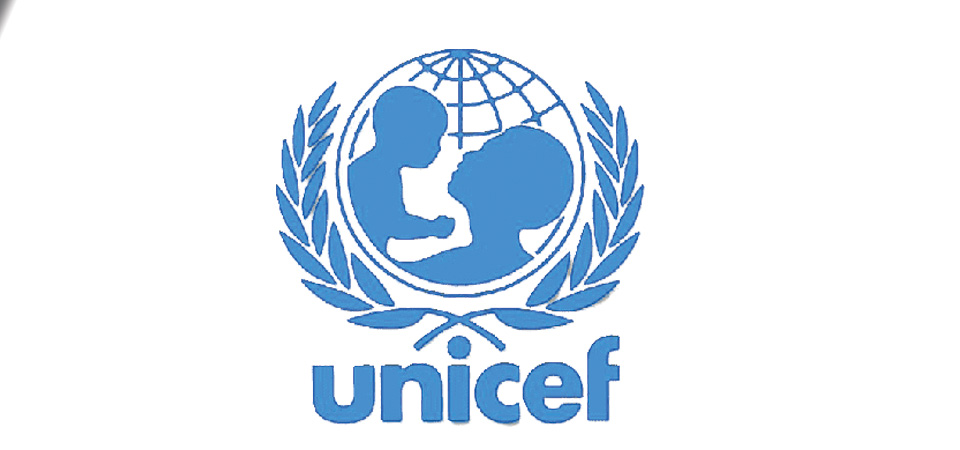Pandemic puts mother, child nutrition at risk: UNICEF

By A Staff Reporter
Kathmandu, Jan. 24: The United Nations Children's Fund (UNICEF) has said that Nepal’s significant progress in nutrition of mothers and children is at risk due to current inequities and COVID-19 pandemic.
Nepal achieved globally renowned progress in reducing child stunting and scaling up nutrition services during the Millennium Development Goals era (2002 -2016), despite periods of political and economic instability, according to a special supplement of the Maternal and Child Nutrition Journal published by UNICEF on Thursday.
However, the country still faces considerable nutrition-related challenges. Progress towards the Sustainable Development Goal (SDG) targets on stunting and wasting is not advancing at the speed, scale or equity required, and may be affected by the COVID-19 pandemic, it said.
Issuing a report, "Nutrition in Nepal: Three decades of progress for children and women", UNICEF provides nine original articles that examine the drivers of success and identify where greater policy and programmatic action is needed to achieve the SDG nutrition targets.
A few examples of the extraordinary success in Nepal around maternal and child nutrition include stunting in children (under the age of two) decreased by 24 per cent between 1996 (57 per cent) and 2016 (33 per cent).
This was due to the increased coverage of health and nutrition services and improvements in household wealth, parental education, and sanitation.
Between 1996 and 2016, the early initiation of breastfeeding saw an increase from 18 per cent to 56 per cent, and complementary feeding increased from 54 per cent to 77 per cent.
More women took sufficient iron and folic acid supplements during their pregnancy, with an increase in the percentage from only 6 per cent in 2001 to 71 per cent in 2016.
Thanks to the involvement of more than 50,000 female community health volunteers, Nepal saw an increase in access to and demand for iron-folic acid supplementation by communities.
This was combined with earlier and more frequent antenatal care visits.
Vitamin A supplements have been given consistently to over 80 per cent of children (aged between 6 and 59 months).
Between 1998 and 2016, the percentage of households using adequately iodised salt doubled from 35 percent to 77 per cent.
According to the journal supplement, this pivotal progress in nutrition has been possible in Nepal through the progressive actions taken by successive governments.
Recently, the COVID-19 pandemic has become a human and socio-economic crisis that threatens to unravel past progress on nutrition, it said.
"The learning from the past 25 years that are incorporated in the supplement of the Maternal and Child Nutrition Journal are invaluable.
These will inform and contribute to future improvements within the nutrition programme in Nepal," said Elke Wisch, UNICEF Representative to Nepal.
"The data provided in the supplement will help us to improve maternal, adolescent, and child nutrition by scaling up essential nutrition-specific and nutrition-sensitive interventions and ensure an enabling environment for nutrition.
However, we must act now, given the impact that the pandemic has had on the nutritional health of mothers and their children"
Recent News

Do not make expressions casting dout on election: EC
14 Apr, 2022
CM Bhatta says may New Year 2079 BS inspire positive thinking
14 Apr, 2022
Three new cases, 44 recoveries in 24 hours
14 Apr, 2022
689 climbers of 84 teams so far acquire permits for climbing various peaks this spring season
14 Apr, 2022
How the rising cost of living crisis is impacting Nepal
14 Apr, 2022
US military confirms an interstellar meteor collided with Earth
14 Apr, 2022
Valneva Covid vaccine approved for use in UK
14 Apr, 2022
Chair Prachanda highlights need of unity among Maoist, Communist forces
14 Apr, 2022
Ranbir Kapoor and Alia Bhatt: Bollywood toasts star couple on wedding
14 Apr, 2022
President Bhandari confers decorations (Photo Feature)
14 Apr, 2022











